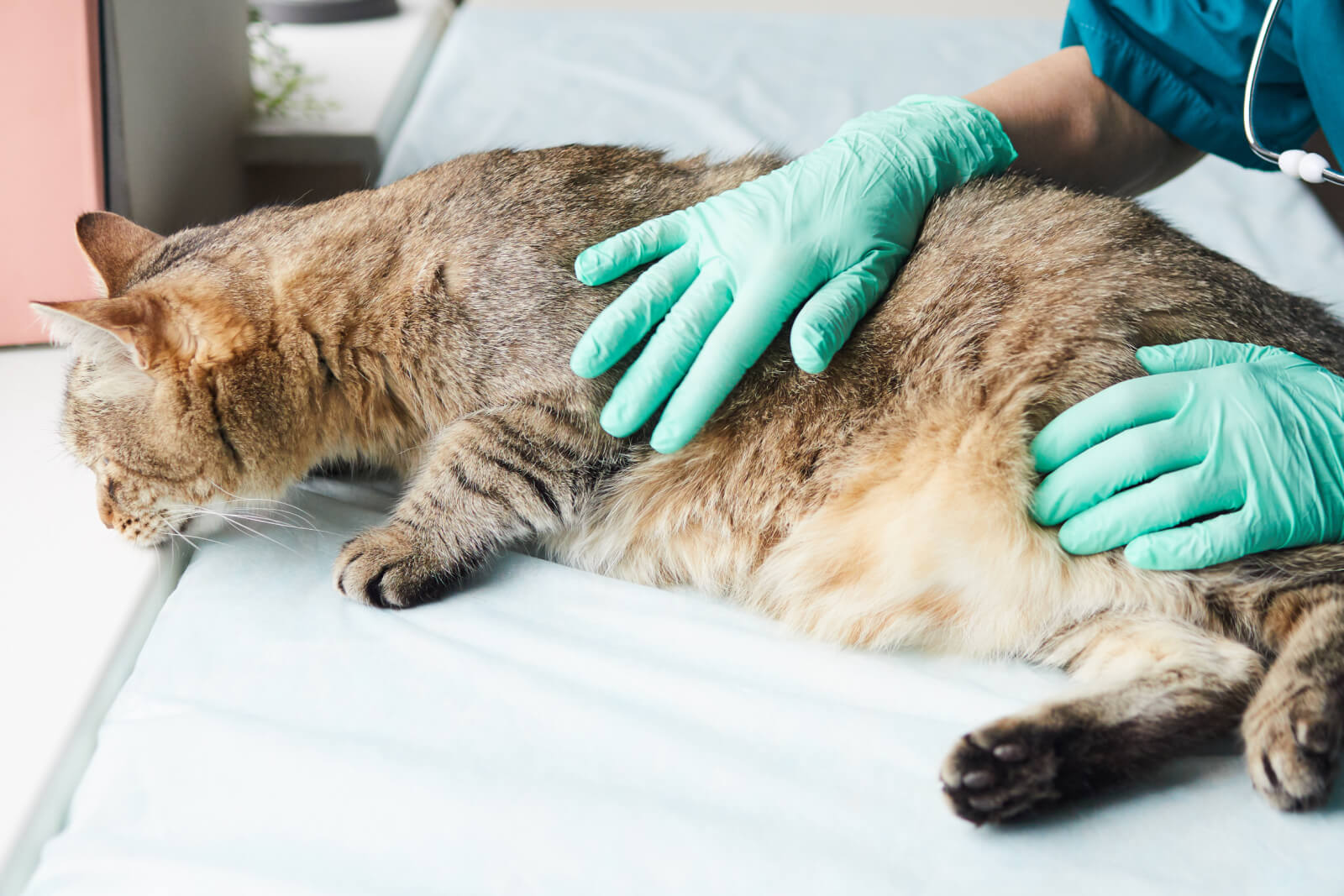Telling your vet you want to euthanize your pet is one of the hardest things you’ll ever have to say. You may already know in your heart that it’s time, but saying the words out loud makes it real.
It’s even harder when presented with additional treatment options, which may make one feel guilty about feeling they are not the right decision. You might wonder—what if I’m making the wrong decision? Will my vet take me seriously? How do I even start this conversation?
These feelings are completely normal. Choosing pet euthanasia is never easy, but it’s a difficult decision made out of love. Your vet will want to ensure you know your options and will help guide you through your decisions.
In this guide, we’ll walk you through how to talk to your vet about putting your pet down, what to expect from their response, how to advocate for your pet, and how to prepare for your pet’s passing in a way that feels peaceful and respectful.
How to Start the Conversation
When you call your vet’s office, you don’t need to explain everything upfront. Keep it simple:
“I need to schedule an appointment to discuss euthanasia for my pet.”
Receptionists at a vet clinic are familiar with these requests and will typically set aside extra time for the conversation, ensuring you have the space to discuss your concerns without feeling rushed.
At the Appointment: How to Express Your Concerns
Your vet will likely start by asking how things are going. This is your moment to explain why you’re considering euthanasia. You don’t need a rehearsed speech. Just be honest about what you’re seeing at home.
Some ways to communicate your concerns effectively:
- Describe changes in your pet’s quality of life. Explain how your dog or cat is struggling with basic things like eating, getting comfortable, walking, or showing interest in daily activities. If you’ve been tracking their well-being using a quality of life scale, you can share your observations with the vet.
- Mention patterns, not just one bad day. Many people say their pet still has “good days,” but if those are becoming rare, let your vet know.
- Explain why continuing treatment may not be best. If treatments haven’t improved your pet’s quality of life or they’re becoming harder to manage, it’s okay to say that.
- Share the daily moments that make you feel it’s time. Maybe your dog no longer greets you at the door, has lost interest in family activities, struggles to get up, or seems uncomfortable most of the time. These quiet moments tell the full story.
- If your pet has a long-term illness, such as heart failure, or is struggling due to old age, share what you’ve already tried. List the medications, therapies, and treatments you’ve gone through, and explain how your pet’s health continues to decline despite your efforts.
What to Expect From Your Vet’s Response & How to Advocate for Your Pet
Every vet may approach end-of-life discussions a little differently. Their response will depend on their philosophy, their experience, and their relationship with you and your pet. Depending on the situation, some will immediately support your decision, while others may suggest additional treatments. Usually, these options are given to ensure the owner can make a completely informed decision, but it can be easy to interpret that as questioning one’s decision.
Here’s what to expect and how to navigate the conversation.
If Your Vet Supports Your Decision Right Away
Some vets will immediately understand and support your decision, especially if they are already familiar with your pet and their condition. In this case, they may:
- Confirm that euthanasia is a reasonable and compassionate choice based on your pet’s quality of life.
- Explain the pet euthanasia process, including sedation and how they will administer the procedure.
- Discuss scheduling an euthanasia appointment, whether in the clinic or at home, to ensure your pet’s last moments are peaceful and free from stress.
- Go over hospice care options if you need time to prepare for your pet’s final days, as well as aftercare such as cremation, burial, or memorial keepsakes like paw print.
Even when your vet fully supports your decision, the conversation can still feel overwhelming. If you need time to process or have lingering questions, don’t hesitate to ask for a follow-up discussion.
If Your Vet Suggests More Treatments
Many veterinarians dedicate their careers to saving a pet’s life and their training focuses on that aspect, so it’s natural for some to explore every possible treatment before considering euthanasia. If your vet proposes additional meds, therapy, or a change in treatment, consider these questions:
- Will this improve my pet’s quality of life, or is it just prolonging discomfort?
- How much stress or pain will this treatment cause my pet?
- Am I considering this because I believe it will help, or because I feel guilty about stopping treatment?
If you are certain that it’s time, it’s okay to say something like:
“I appreciate you offering another option, but I’ve been watching my pet closely, and I can see they’re struggling. I don’t want to wait until they’re suffering all the time.”
Most vets will respect your decision once they understand you have carefully considered all factors.
In some cases, a vet may seem reluctant to proceed, especially if your pet still appears relatively stable during the appointment. If this happens, here’s how to advocate for your pet:
- Explain what your vet doesn’t see. Share details about your pet’s struggles at home, including changes in behavior, mobility, or discomfort that may not be obvious in a short exam.
- Be clear and direct. You might say: “I understand your perspective, but I see my pet’s full day-to-day experience. I know it’s time, and I need your support in making this as peaceful as possible.”
- Seek a second opinion if needed – it may be helpful to consult another veterinarian or work with a home euthanasia service that specializes in end-of-life care.
If You Struggle With Doubt or Guilt
Even when you know euthanasia is the kindest option, doubts can creep in—especially if your vet presents you with other options or additional treatment. If you are feeling uncertain, remind yourself:
- You are making this decision out of love, not convenience.
- You know your pet’s daily reality better than anyone else.
- Waiting too long often leads to more suffering, not more good days.
Your vet’s role is to guide and inform you, but ultimately, this is your decision. It is okay to ask questions, take time to process, and seek support to move forward.
Final Thought
Even when you know euthanasia is the kindest option, the loss of a pet can be deeply painful.
You are your pet’s advocate. If your gut is telling you it’s time, trust yourself.

















